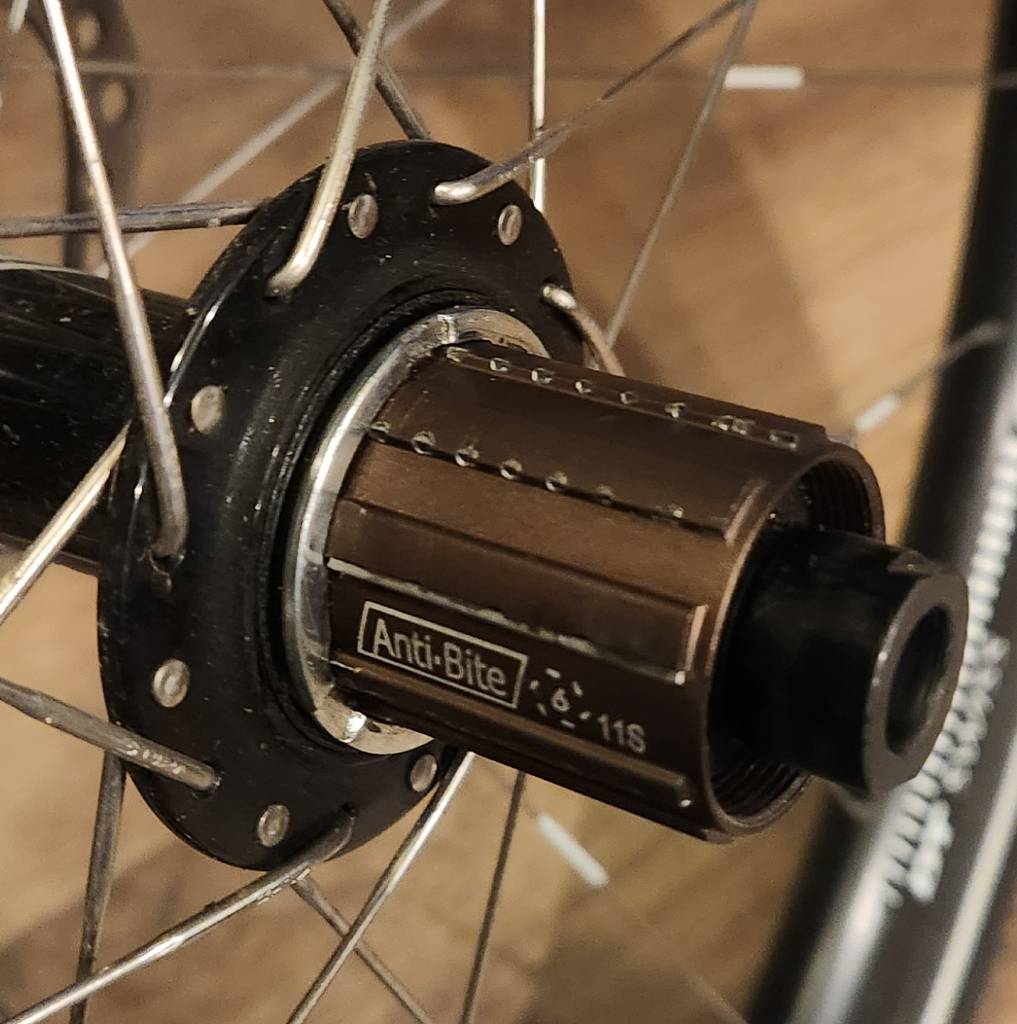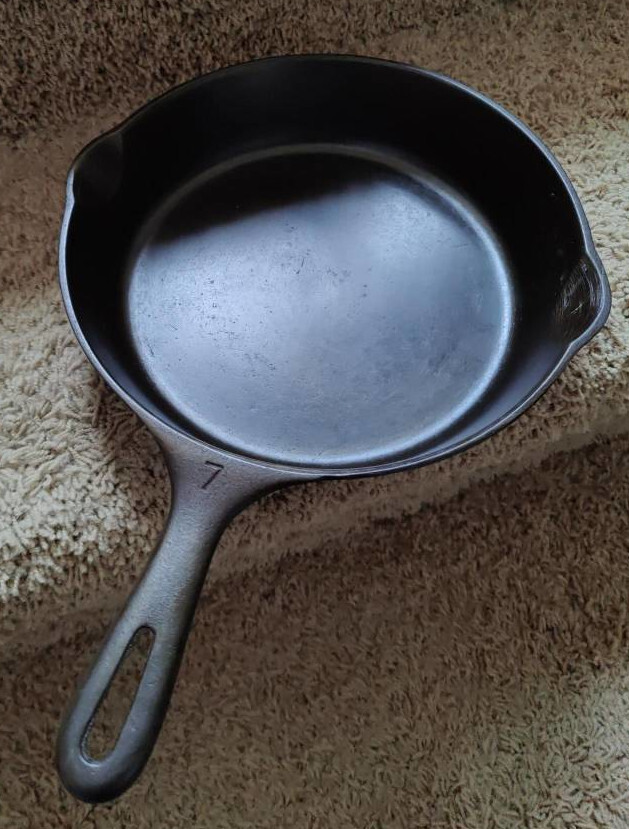FortNine as a YouTube channel mostly covers motorbikes but on-and-off will do some bicycle and ebike content. Being YouTube, the clickbait-esque title is customary but the video is a look at where the fastest, heaviest, not-strictly-legal "ebikes" blur into the low-end of motorbikes.
The specimen in question is, from all that was pointed out in the video, rather abysmal by motorbike standards but par for the course by consumer goods standards. This includes:
- An obnoxious startup introduction to remind you that their brand name is pronounced Aniioki
- Illogical rear suspension design
- Complete disregard for Canadian and British Columbian ebike classifications
- Questionable chain design that keeps falling off the chainring
- A throttle with huge delay before reacting
- And more!
But the paltry nature of this particular ebike wasn't my main takeaway. It's that ebikes at-large are filling a gap in the market, where young people want mobility without the expenses and licensure of motorbikes. Here in California, the chasm between legal ebikes and motorbikes is so wide that I would imagine the same statistics could be found here as FortNine found in Canada. And it makes perfect sense: cheaper, lighter, electric, nimble, and unencumbered by frivolities like highway roadworthiness. For getting around town or to work, it makes perfect sense.
That said, they also touched upon the very real problems faced by faster ebikes (legal or not) today. Motorists -- because let's face it, most problems of micromobility are caused in large part by automobiles -- might expect to see a motorbike doing the speed limit, but not an ebike doing 2/3 of the speed limit. A USA Class 3 ebike can legally do 45 kph (28 MPH) and while that's slower than typical speed limits here of 35 or 45 MPH, the problem arises when there's enough motor vehicle congestion that slows motorists to about the same speed. And that's where the conflict shows up, such as when a car enters the road from a driveway.
Do I think it's a bit silly to bring a 150+ lbs "ebike" onto the ferry, or dangerous to ride along a multi-use trail on the side of a bridge when there are also pedestrians? Absolutely! But again, I think the takeaway is that the times are changing and preparations must be made in anticipation.
The absolute worse-case would be if these overpowered two-wheelers unlawfully dressed up as ebikes were to proliferate to the point that it's total chaos on the roads. At that point, Pandora's Box cannot be closed. Thus, it behooves us to mitigate that situation by, among other things:
- Build actual infrastructure for riders on bikes and ebikes, that isn't doing double-duty as pedestrian or recreational paths
- Incentivize legal, battery-safe ebikes to stave off a glut of illegal, shoddily-made "ebikes"
- Make existing bikes more useful with destination improvements, like bike lockers or secure/valet bike parking
- Seize road space currently used for motor vehicles, and do anything else with it. Parklets, public toilets, bioswale, donut shop.
- Expand public transportation options, for anyone who can't/won't ride a bike, but also as range-extension for anyone who wants to do bus+bike
The premise of a well-built city is that it shouldn't require a two-ton automobile just to buy milk. I would further the sentiment with the opinion that a 160+ lbs two-wheeler also shouldn't be necessary to travel across Vancouver in a timely fashion. We can, in-fact, build our way out of this future problem but only by starting right now.








I'm assuming you're in the UK, where they have consumer units, which we call "breaker boxes" or "main panels" in the USA.
This is one thing I wish we would improve in USA electrical work, which is to test the whole installation even if only one part of the house wiring has been worked on. In the USA, the typical workflow for a new sub panel would be for the electrician to pull a permit, do initial "rough in" work, have the municipal inspector come review, do the full work, and then inspector would come to review and sign-off the final work.
But as far as I'm aware, there's no requirement to assess the minimum safety of the entire house, in case there were gremlins in the existing wiring, of the type that would be illegal no matter the time they were installed. No tests for ground/earth resistance. No tests for swapped line/neutral. Quite frankly, no electrical tests at all, and everything is more about inspecting the physical wiring.
That said, inspector will check that all bedrooms have smoke alarms. So at least there's that...